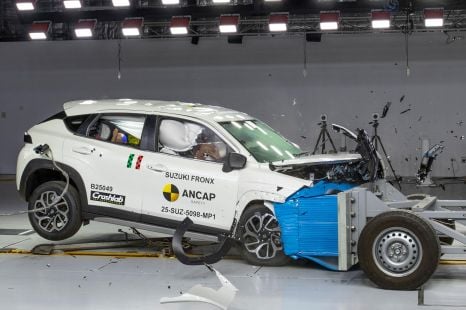

Damion Smy
Suzuki Fronx scores one-star ANCAP rating after seatbelt failure
3 Hours Ago

News Editor
Reports from Korea have suggested the Kia Stinger is close to death, but Kia Australia says it’s expecting the big liftback to live on.
Asked about the Stinger’s future, Kia Australia’s chief operating officer Damien Meredith said, “The future on an operational level is fantastic.”
“We haven’t heard anything official from Korea on whether or not we’re going to a new model for Stinger or not so we’re just happy at the moment that we’re getting fantastic supply for the car and it’s doing exceptionally well in market.”
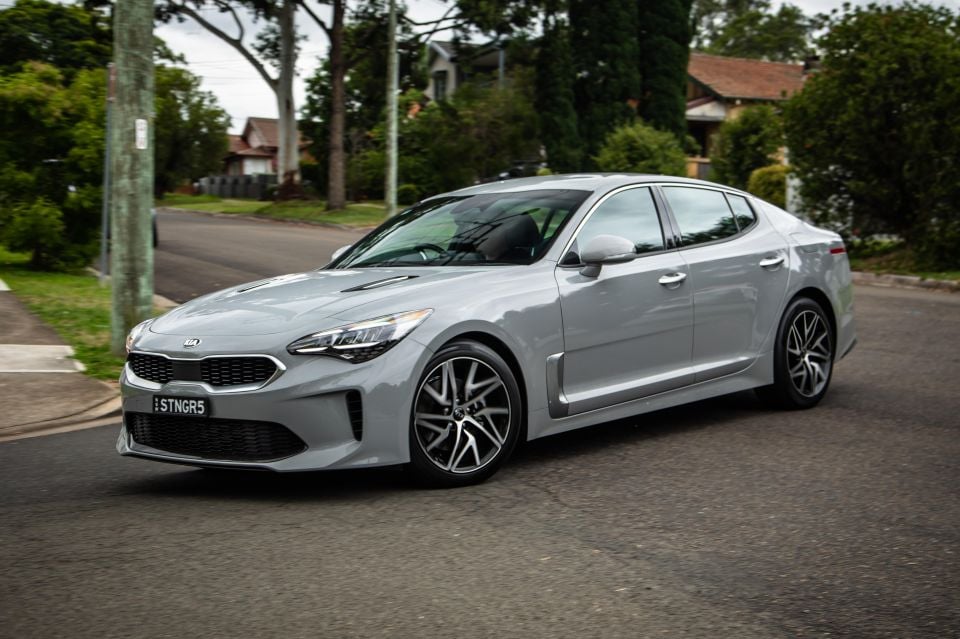
A report from The Korean Car Blog last year said Kia would end production of the Stinger in the second quarter of 2022, with the factory being retooled to produce a new hybrid version of the Carnival people mover.
A report from Korea’s Daily Car the same week said Stinger production would end in the second half of 2022. Either way, these reports point to an axing before the Stinger’s lifecycle would typically be expected to end in 2024.
“We’ve made no secret that we think EV6 is our new halo product, from a tech and performance standpoint,” said Roland Rivero, the general manager of product planning at Kia Australia, noting the EV6 is also bringing new buyers to the brand.
“You’re always going to have ICE people that won’t ever want to flip, that are almost heavily against the flip to EVs. And Stinger is going to benefit from that for some time yet.”
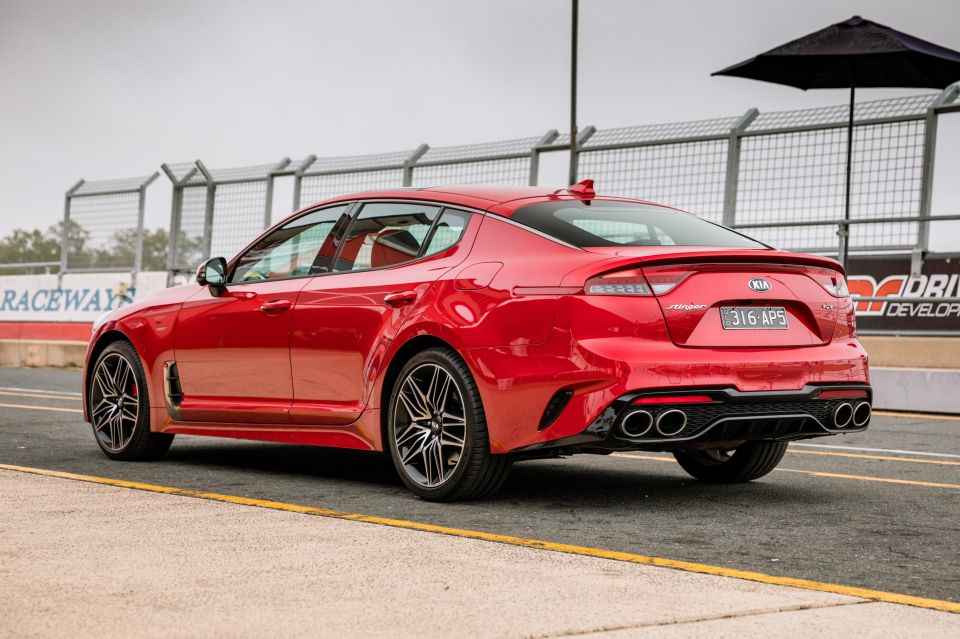
The Stinger is still performing well for Kia Australia, with sales up by 203.8 per cent in April and by 53.3 per cent so far this year.
Mr Rivero told CarExpert in May the company continues to work through plenty of Stinger backorders with “still a couple of months worth banked up”. The flagship GT is accounting for over 90 per cent of sales, and with the death of the Chrysler 300 is the only mainstream rear-wheel drive sports sedan on offer in Australia.
It’s also become a favourite of some Australian police forces, which have used it to replace the Holden Commodore and Ford Falcon.
It’s a much less rosy picture in other markets. The large liftback is no longer sold in China, where it was only ever imported and therefore attracted tariffs. Chinese buyers typically prefer conventional three-box sedans, too.
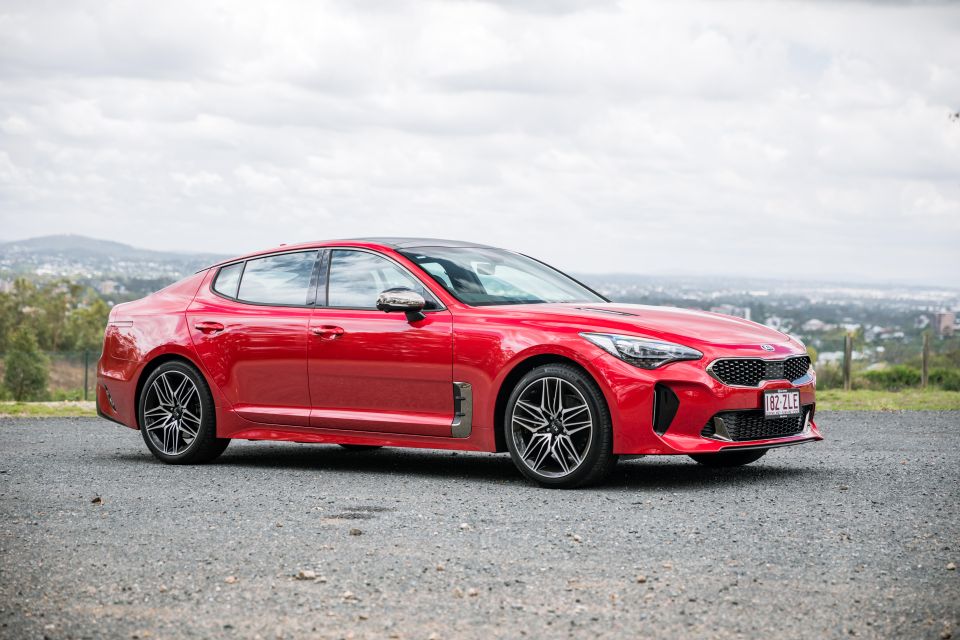
In Europe, it has always been a niche player, not helped by the lack of electrified powertrains, while in its home market of Korea it was overtaken by the mechanically-related but smaller Genesis G70 in the sales race.
Like the Chinese market, Korean buyers typically prefer three-box sedans as well.
The Stinger’s last, best hope was the US market, which has been known to embrace high-performance sedans like V8-powered Dodge Charger variants even amid the inexorable rise of the SUV.
Alas, Kia has only sold between 12-16,000 Stingers annually since its launch there.
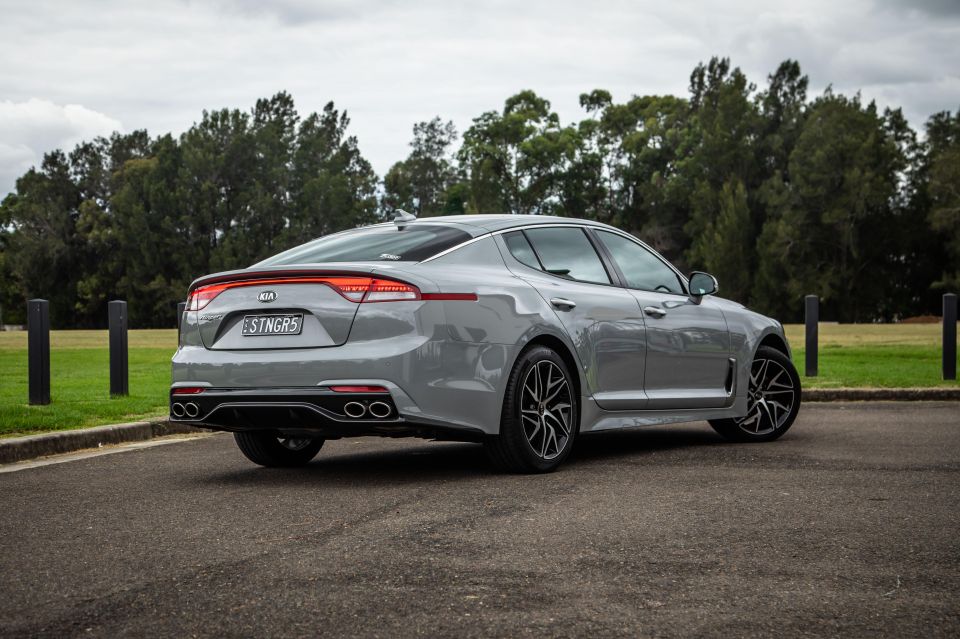
Last year according to Carsalesbase, Kia sold 13,517 Stingers in the US.
Excluding discontinued models and low-volume hydrogen fuel-cell electric vehicles, the Stinger was the second worst-selling mid-sizer with a mainstream nameplate, besting only the Volkswagen Arteon (5537).
Kia sold more than six times as many of its Optima-replacing K5, although this carries a much lower base price and a wider range of more affordable options.
MORE: Everything Kia Stinger
Where expert car reviews meet expert car buying – CarExpert gives you trusted advice, personalised service and real savings on your next new car.
William Stopford is an automotive journalist with a passion for mainstream cars, automotive history and overseas auto markets.


Damion Smy
3 Hours Ago
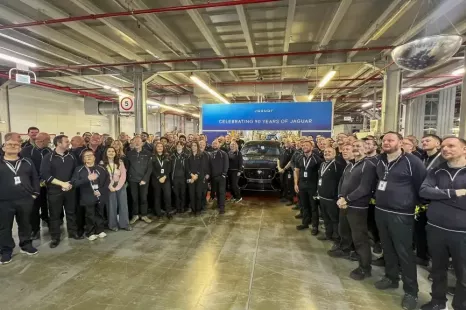

Damion Smy
7 Hours Ago
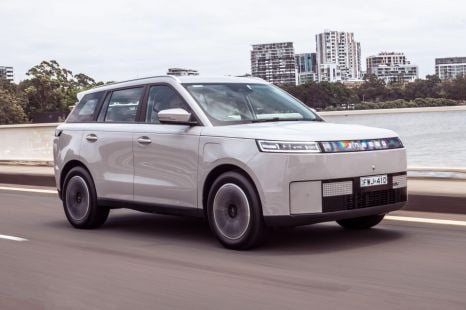

Josh Nevett
9 Hours Ago
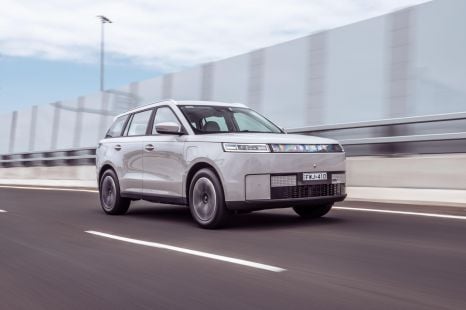

Josh Nevett
9 Hours Ago
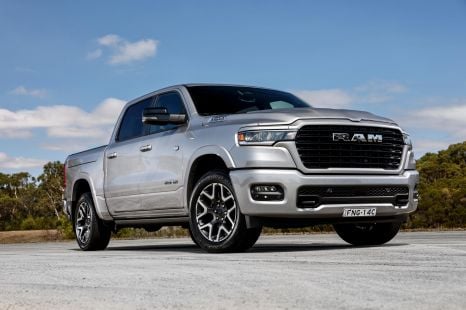

Damion Smy
9 Hours Ago
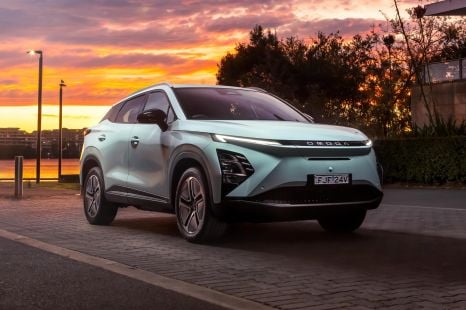

CarExpert.com.au
10 Hours Ago